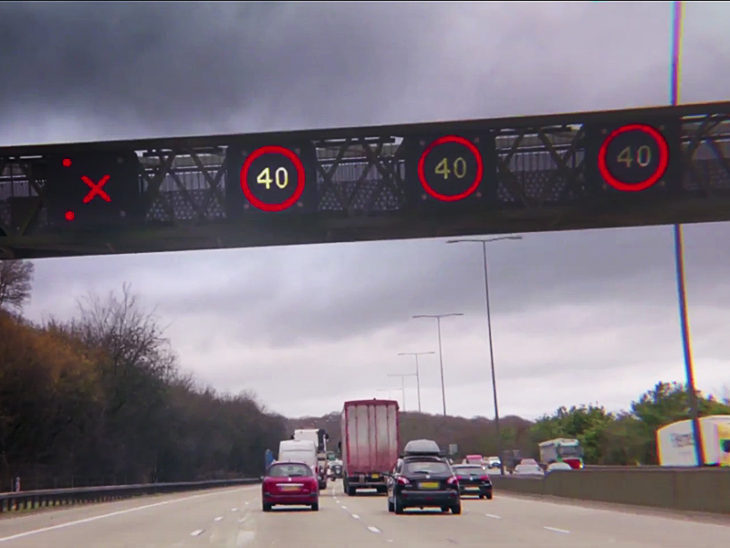Seven out of 10 drivers (71%) say All Lane Running (ALR) motorway schemes feel more dangerous compared to a traditional motorway.
A study by the AA of more than 15,000 drivers also found around half (48%) said they strongly believed ALR schemes felt more dangerous while only one in 10 feel safer using such schemes.
There was also a fall in trust for the existing distances between Emergency Refuge Areas (ERA). In February 2016, almost a quarter (23%) felt that 1.5 miles was a suitable distance between ERAs, but this has now fallen to 16%.
From April 2020, all new schemes will have ERA spaced at every mile, but only two fifths (41%) believe this is a suitable distance. Almost two thirds (63%) believe ERAs should be spaced every half a mile. Drivers’ acceptance of these distances have changed considerably since 2016:
AA Populus Driver Poll, acceptance of ERA distances:
| Distance between ERA | February 2016 | September 2019 | % Difference |
| 1.5 miles (2.5 km) | 23% | 16% | -30% |
| 1.0 miles (1.5 km) | 55% | 41% | -25% |
| 0.5 miles (1.0 km) | 52% | 63% | 21% |
Following five deaths along the same stretch of the M1, more than half (52%) of drivers believe the rollout of ALR schemes should be stopped.
Edmund King, AA president, said: “We believe the Secretary of State should now announce a review into the safety of All Lane Running Schemes.
“Unfortunately we have already seen fatalities where vehicles have been left in vulnerable positions in live lanes. Previous research has shown that if Stopped Vehicle Detection is not in place it takes an average of 17 minutes to spot a stationary vehicle in a live lane.
“Our new study shows that public trust on removing the hard shoulder has pretty much evaporated. Before any further schemes begin, we need an urgent and independent review into the safety of existing schemes.”
However, Highways England refuted the findings, saying that feedback from road users show a clear majority feel confident driving on a smart motorway, and that they are safer and improve journey times.
A Highways England spokesperson said: “Evidence indicates that motorways without hard shoulders are helping to improve safety with casualty rates falling by more than 25%. Independent research from watchdog Transport Focus shows that a clear majority of drivers, more than 90%, do feel confident driving on motorways.
“Smart motorways include more features than conventional motorways to further enhance safety, and both are significantly safer for drivers than other roads
“We will, of course, continue to monitor the safety performance of smart motorways – as we do with all of our roads – and are rolling out enhancements to improve the road user experience further.
“These include reducing the distance between places to stop in an emergency on smart motorways, such as emergency areas, motorway service areas and hard shoulders on junction slip roads, to one mile apart. They are currently 1.5 miles apart – on average every 75 seconds at 60mph. We’re also making them more visible – we’ve already made more than 140 more visible by turning them orange and improving signage.”











































